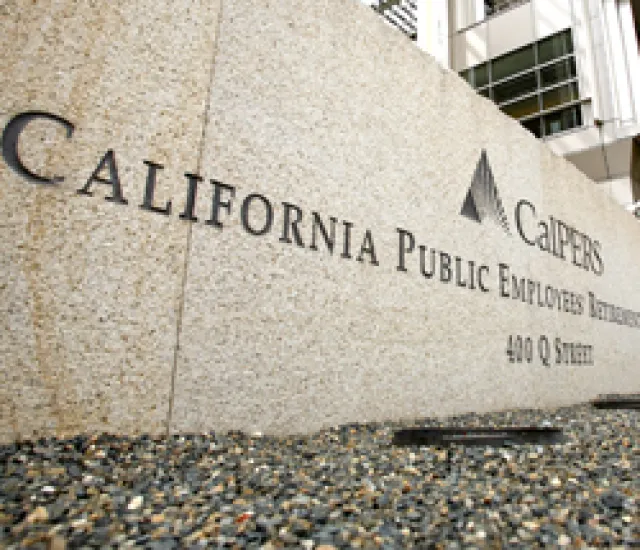The California Public Employees’ Retirement System and the California State Teachers’ Retirement System have been putting up some big return numbers. Whether they can keep it going long enough to deal with underfunding and quiet calls for pension reform is questionable.
CalPERS reported on July 18 that it had a 20.7 percent gain for the fiscal year ended June 30, its best annual performance in 14 years. CalSTRS had a 23.1 percent increase for the same period, its best return since 1986. But both pension giants have a ways to go to shore up funding: A February report by the state’s Little Hoover Commission said California’s ten largest public pension funds faced a combined shortfall of more than $240 billion in 2010.
The Standard & Poor’s 500 index earned 30 percent in the year ended June 30, and a classic 60-40 portfolio would have returned about 20 percent during that time, says Brad Barber, a finance professor at the University of California, Davis. So California’s public pension giants performed on par with benchmarks, he says.
“Obviously, it is going to help. But the real question is whether they are digging out of the hole,” Barber says. “Not yet. It would take another repeat of the late ’90s to change the dial.”
That scenario appears unlikely. The financial rebound has largely outstripped the economic rebound in the U.S., says Christopher Thornberg, founding partner at Beacon Economics, an independent economic research and consulting firm based in San Rafael, California. “The financial markets, which were so bubbly in the past decade, were almost back to prerecessionary levels for a while. I think financial markets are ahead of themselves, and there probably will be some retraction.” That will get reflected in CalPERS’s and CalSTRS’s investment results. “This is clearly a blip, and it does not have legs,” he says of the funds’ most-recent results.
But a lack of legs probably will not lead to major public pension reforms like those recently pushed through in states like New Jersey. Asked how much momentum California currently has for major pension reform, Thornberg says: “None. We are a Democratic state. In the last election everybody went right except for us. We went left.” When pension reform comes up, he adds, “The unions say, ‘No way,’ and the Democrats say, ‘Whatever you say.’ ”
Both Barber and Thornberg say that ultimately the basic equation for California’s public pensions has to change. Employers will have to promise less, and there has been some talk of placing new hires into defined contribution plans instead of defined benefit plans. That change would not solve the problem, according to Barber. “It is really a question of the size of the benefits being promised,” he says, adding that a defined contribution plan also can offer rich benefits.
Whatever plan design California ends up with, it probably will involve employees contributing more to their retirement benefits. “There is some serious consideration about what the benefits should look like going forward,” Barber says. “The question is, how much will that alleviate the underfunding problem? Really, the only solution is that the contribution rates have to go up.” Other key potential reforms he mentions include raising the retirement age and reconsidering the benefit accrual rate for higher-income workers.
“They have got to cut down the benefits — it is as simple as that,” Thornberg says. “And employees need to funnel in more of the money. If you want the benefit, fine. Pay for it.”






